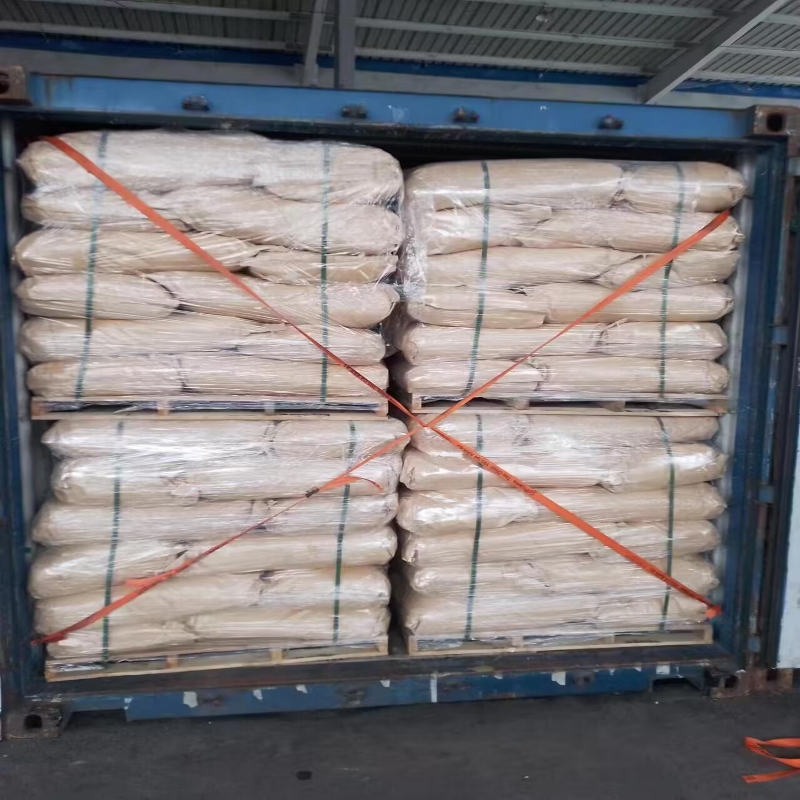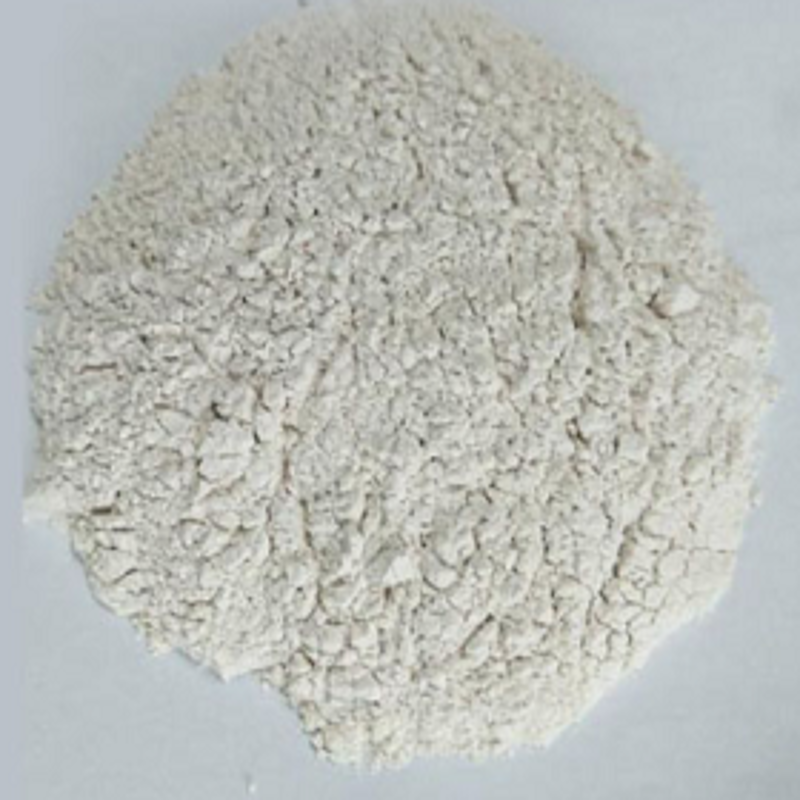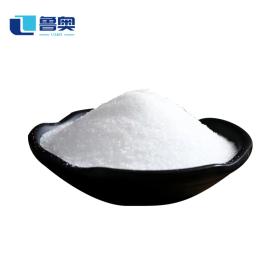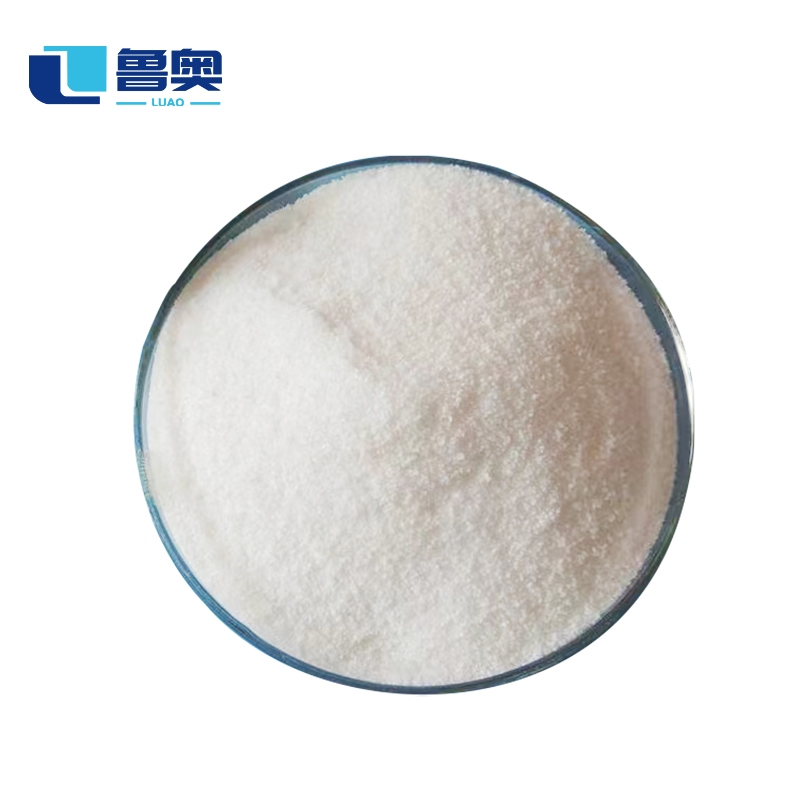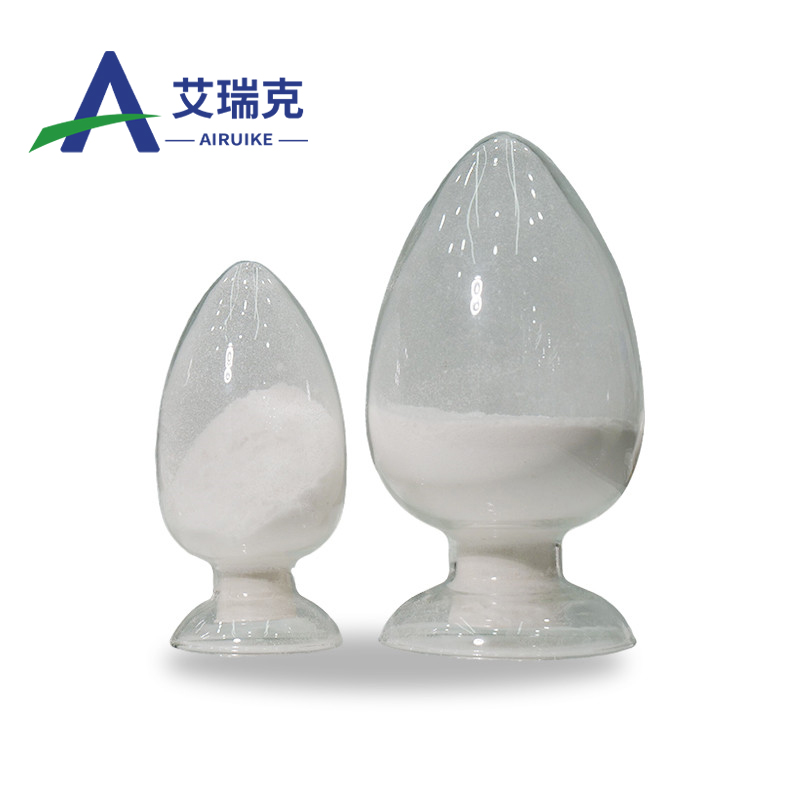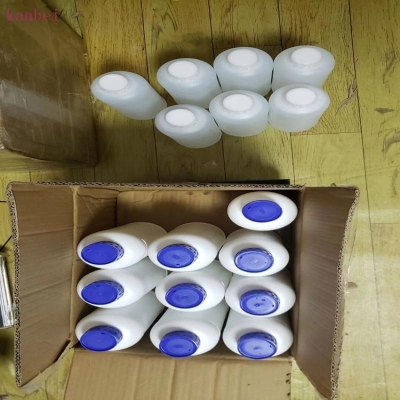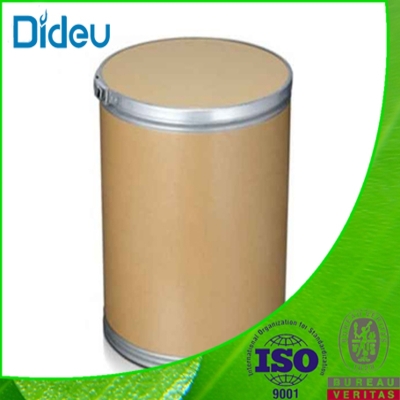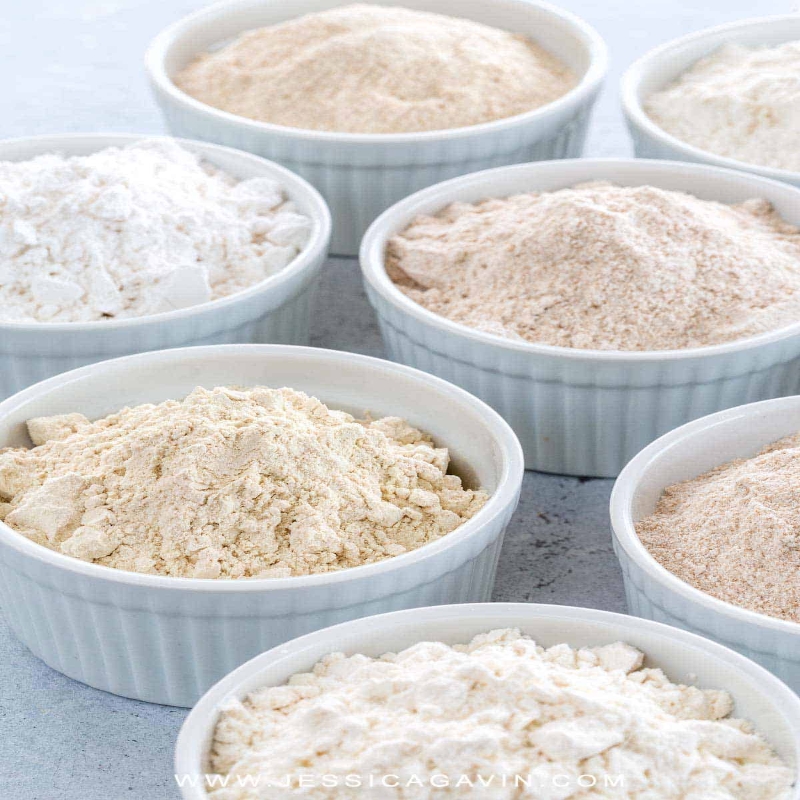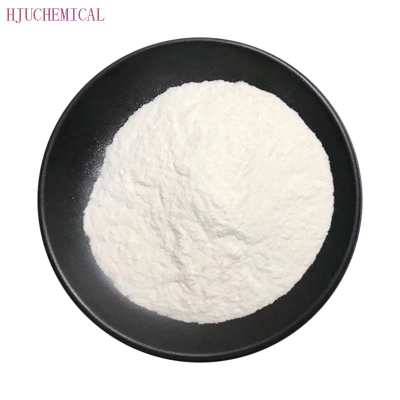Cosmetic Ingredient
- • Abrasive (124)
- • Absorbent (84)
- • Anticaking (66)
- • Anticorrosive (25)
- • Antifoaming (19)
- • Antimicrobials (290)
- • Antioxidant Ingredient (393)
- • Antiperspirant (20)
- • Antiplaque (48)
- • Anti-seborrheic (38)
- • Anti-sebum (39)
- • Antistatic (458)
- • Astringent (162)
- • Binding Agent (172)
- • Bleaching Agent (53)
- • Buffering (191)
- • Bulking (109)
- • Chelating (122)
- • Cleansing (679)
- • Cosmetic Colorant (212)
- • Cosmetic Preservative (158)
- • Denaturant (45)
- • Deodorant (98)
- • Depilatory (27)
- • Dissolving Agent (298)
- • Emollient (795)
- • Emulsifying Agent (480)
- • Emulsion Stabilising (154)
- • Exfoliating (19)
- • Film Forming (299)
- • Flavouring (72)
- • Foam Boosting (161)
- • Foaming (101)
- • Fragrance Ingredient (726)
- • Gel Forming (19)
- • Hair Conditioning (670)
- • Hair Dyeing (363)
- • Hair Fixing (36)
- • Hair Waving or Straightening (45)
- • Humectant (282)
- • Hydrotrope (92)
- • Keratolytic (20)
- • Light Stabilizer (80)
- • Moisturising Agent (50)
- • Nail Conditioning (42)
- • Occlusive (20)
- • Opacifying (119)
- • Oral Care (123)
- • Oxidising (19)
- • Perfuming (2105)
- • Plasticiser (98)
- • Propellant (19)
- • Reducing (50)
- • Refatting (12)
- • Refreshing (26)
- • Skin Cleansing (388)
- • Skin Conditioning (1751)
- • Skin Humectant (21)
- • Skin Protecting (282)
- • Smoothing (31)
- • Soothing (71)
- • Tonics (155)
- • UV Filter (34)
- • Viscosity Controlling (532)
Chemicals as Skincare Ingredients
Related News
-
Pfizer China Oncology Division Restructures Amid Executive Changes
2025-03-19 -
Price Surge Alert as Major Suppliers Increase Barium Sulfate Costs by 200 Yuan per Ton
2025-03-20 -
Shell Considers Partnering with the U.S. and Closing European Chemical Assets
2025-03-26 -
Quaker Houghton Acquires Dipsol Chemicals, Strengthening Advanced Solutions Portfolio
2025-03-27 -
AstraZeneca to Invest $2.5 Billion to Establish Global Drug R&D Center in Beijing
2025-03-25 -
Saudi Aramco CEO: Invest in downstream projects in China's energy, chemical and other fields
2025-03-28
Sort Opacifying Alphabetically
Opacifying
Methyl methacrylate-styrene copolymer
(25034-86-0)-
Chemical Grade / 99%
$1/KG FOB
-
![POLY(STYRENE-CO-METHYL METHACRYLATE) buy POLY(STYRENE-CO-METHYL METHACRYLATE)]()
-
![POLY(STYRENE-CO-METHYL METHACRYLATE) buy POLY(STYRENE-CO-METHYL METHACRYLATE)]()
-
![POLY(STYRENE-CO-METHYL METHACRYLATE) buy POLY(STYRENE-CO-METHYL METHACRYLATE)]()
Industrial Grade / 99%
Request for quotation , get quotes from more suppliers.
Acrylic acid-ethylene copolymer
(9010-77-9)-
-
-
-
Industrial Grade / 99%
Request for quotation , get quotes from more suppliers.
HEDTA
(150-39-0)-
-
pharmaceutical grade / 99.9%
-
industrial Grade / 98%
-
Industrial Grade / 99%
Request for quotation , get quotes from more suppliers.
Zinc ricinoleate
(13040-19-2)-
- / 99.00%
-
-
pharmaceutical grade / 99.9%
-
Pharmaceutical Grade / 99%
Request for quotation , get quotes from more suppliers.
-
- / 99.00%
-
Industrial Grade / 99%
-
Food Grade / 99%
-
![POLY(METHYLSILSESQUIOXANE) buy POLY(METHYLSILSESQUIOXANE)]()
Industrial Grade / 99%
Request for quotation , get quotes from more suppliers.
Zirconium phosphate (Zr(HPO4)2)
(13772-29-7)-
Industrial Grade / 98%
-
- / 99.00%
-
Industrial Grade / 98%
$10/KG EXW
-
Industrial Grade / 99%
Request for quotation , get quotes from more suppliers.
-
Industrial Grade / 99%
-
Industrial Grade / 99%
-
silicone resin / 98%
$1/MT FOB
-
Request for quotation , get quotes from more suppliers.
Methacrylic acid-styrene copolymer
(9010-92-8)-
-
![SODIUM STYRENE/ACRYLATES COPOLYMER buy SODIUM STYRENE/ACRYLATES COPOLYMER]()
Industrial Grade / 99%
-
![SODIUM STYRENE/ACRYLATES COPOLYMER buy SODIUM STYRENE/ACRYLATES COPOLYMER]()
-
![SODIUM STYRENE/ACRYLATES COPOLYMER buy SODIUM STYRENE/ACRYLATES COPOLYMER]()
Request for quotation , get quotes from more suppliers.
Fuller's earth
(8031-18-3)-
Chemical Grade / 99%
-
Food Grade / 99%
$450-500/MT FOB
-
![Fuller's earth buy Fuller's earth]()
-
![FULLER'S EARTH buy FULLER'S EARTH]()
Industrial Grade / 99%
Request for quotation , get quotes from more suppliers.
Zinc laurate
(2452-01-9)-
- / 99.00%
-
Pharmacy Grade / 99%
-
Industrial Grade / 99%
$2.5-3/KG FOB
-
![ZINC LAURATE CAS NO 2452-01-9 buy ZINC LAURATE CAS NO 2452-01-9]()
Industrial Grade, Feed Grade, Food Grade, Pharma Grade / 99%
$11.11/KG EXW
Request for quotation , get quotes from more suppliers.
More Information
Opacifying agents are fundamental components in cosmetic formulations, especially in products like foundations and lotions, where achieving an opaque appearance is desired. These agents work by scattering and diffusing light, thereby reducing transparency and creating a visually opaque appearance.
When opacifying agents are added to formulations, they interact with light to minimize the transmission of light through the product. This scattering of light particles helps to conceal imperfections and even out the skin tone, resulting in a smoother and more uniform appearance. Additionally, opacifying agents can also enhance the coverage and longevity of makeup products.
In cosmetic formulations, opacifying agents are commonly used in:
•Foundations
•Lotions
•Creams











